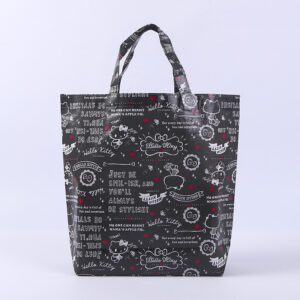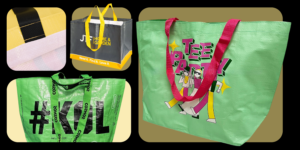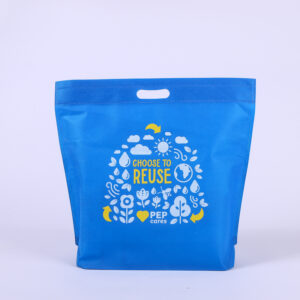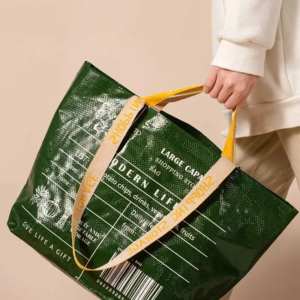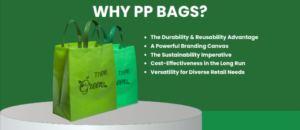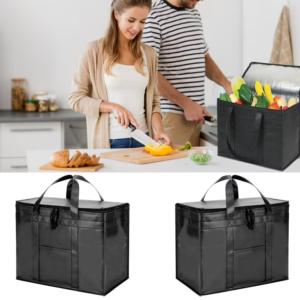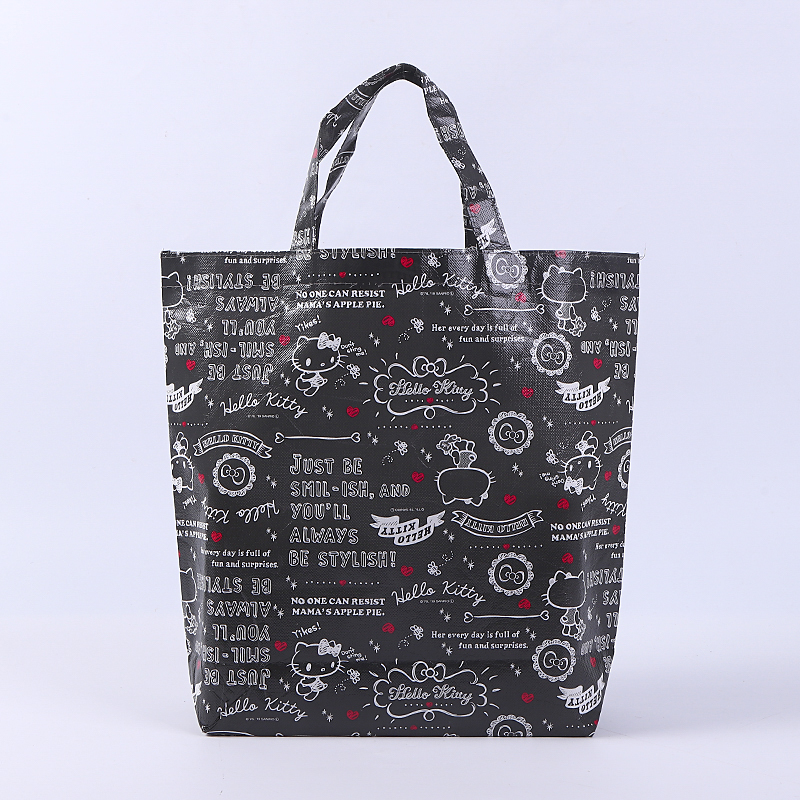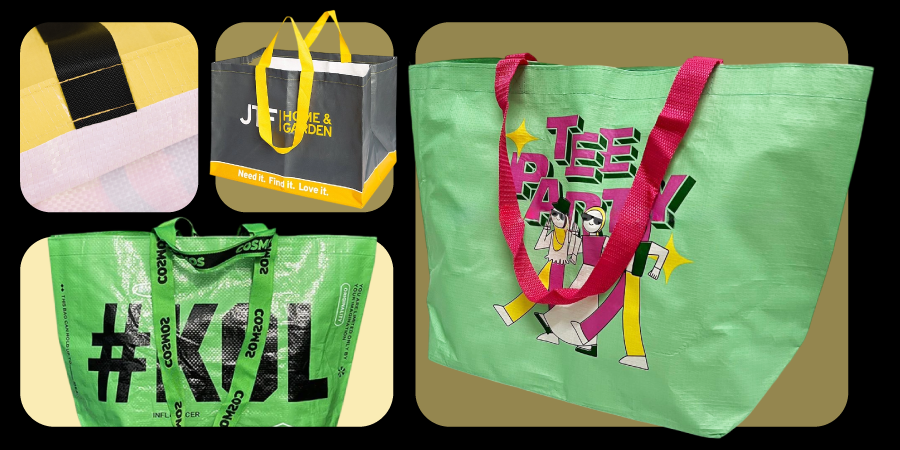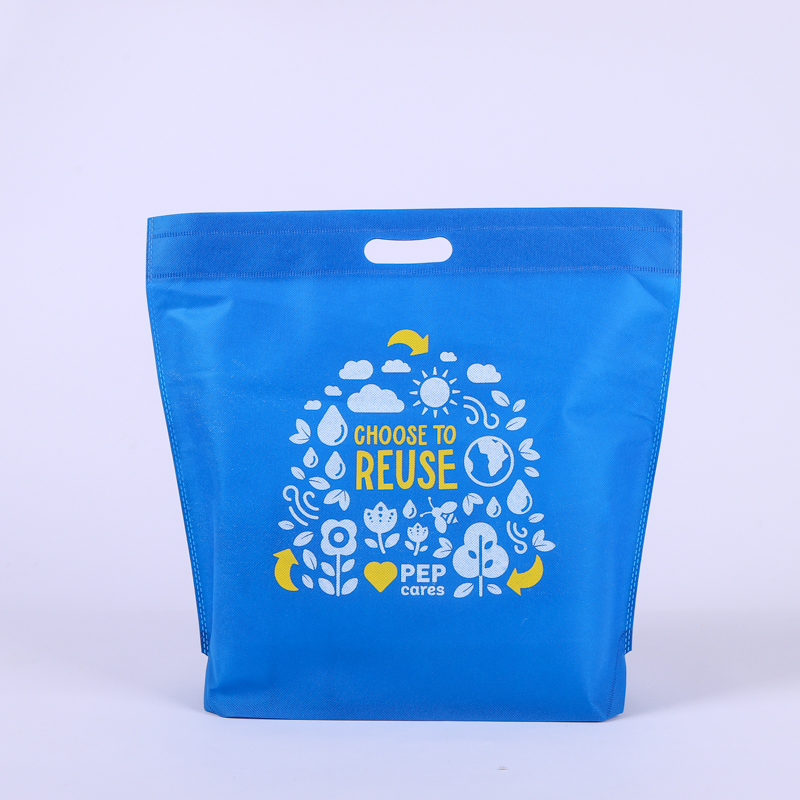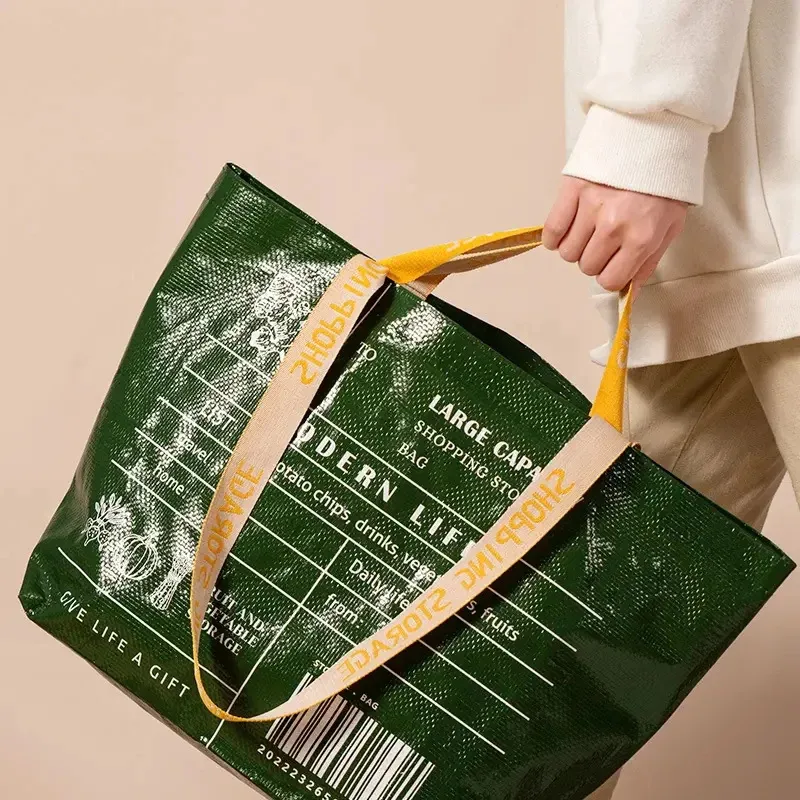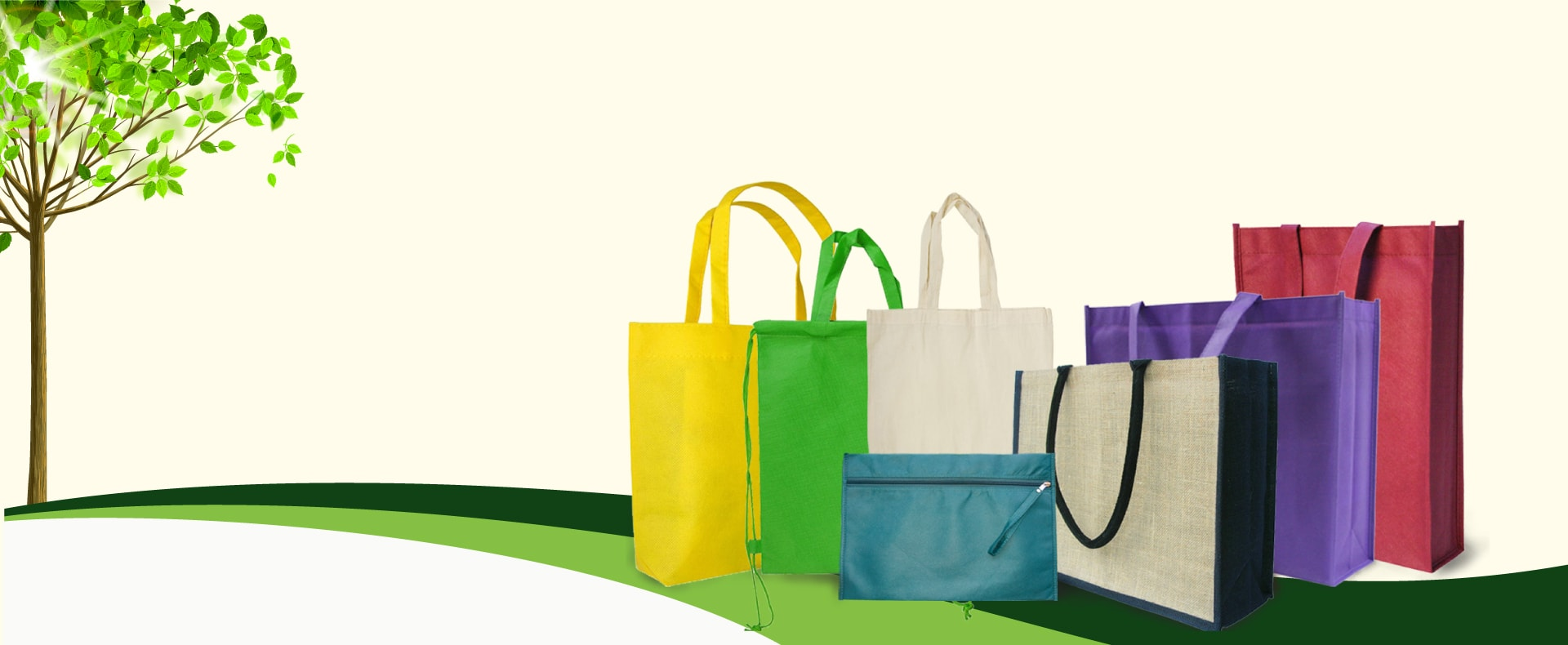
Have you ever come across a non-woven bag at a trade show or a promotional event? These bags, often used for giveaways or branding, are a popular choice for businesses looking to promote their brand in an eco-friendly and cost-effective way. But what exactly is a promotional non-woven bag, and why should you consider using them for your business?
In this article, we’ll explore the key characteristics of non-woven bags, the different categories available, the materials used to create them, and the key differences between woven and nonwoven bags. If you’re thinking about incorporating promotional bags into your marketing strategy, this guide will help you make an informed decision.
Non-woven bags are versatile, eco-friendly, and can be fully customized with your business logo or message. They have become a popular choice for businesses looking to increase visibility and engage customers.
What Does a Non-Woven Bag Mean?
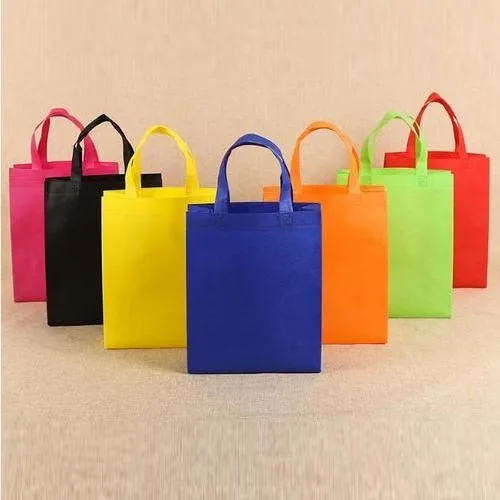
A non-woven bag refers to a bag made from synthetic fibers that are bonded together using heat or chemicals rather than being woven or knitted. This process gives non-woven bags a durable yet lightweight construction, making them ideal for carrying various items. Unlike woven bags, which use threads interlaced together, non-woven bags are formed without any weaving or knitting process.
Key Characteristics of Non-Woven Bags
Non-woven bags are known for their durability, flexibility, and cost-effectiveness1. They are made using a non-woven fabric that is eco-friendly and can be recycled, offering an environmentally responsible option for businesses and consumers alike.
They are typically used for promotional purposes due to their customization potential. Businesses often print their logo or message on non-woven bags to increase brand visibility, especially during trade shows, events, or as part of a marketing campaign.
Table: Key Characteristics of Non-Woven Bags
| Feature | Description |
|---|---|
| Durability | Strong enough to carry various items |
| Flexibility | Lightweight and easy to carry |
| Eco-Friendly | Made from recyclable materials |
| Customization | Easy to print logos and messages2 |
What Are the Categories of Non-Woven Bags?
Non-woven bags come in a variety of styles and categories. The main types of non-woven bags include:
1. Tote Bags
Non-woven tote bags are the most common type of promotional bags. They are spacious and often used by businesses to hand out at events. These bags typically have long handles, making them easy to carry around.
2. Shopping Bags
Shopping bags3 made from non-woven fabric are popular in retail stores, supermarkets, and markets. These bags are lightweight but strong, capable of carrying groceries or clothing without tearing.
3. Gift Bags
Non-woven gift bags4 are often used for packaging promotional items, gifts, or giveaways. They provide a premium feel and can be printed with vibrant colors to make the gift stand out.
4. Drawstring Bags
Drawstring bags made from non-woven fabric are another category often used in promotions. They are perfect for events, giveaways, or sports activities where users need to carry a few items and want hands-free convenience.
Table: Categories of Non-Woven Bags
| Category | Common Use |
|---|---|
| Tote Bags | Promotional giveaways, retail |
| Shopping Bags | Grocery stores, supermarkets |
| Gift Bags | Event packaging, giveaways |
| Drawstring Bags | Sports, events, lightweight carrying |
What Material is Used for Non-Woven Bags?
Non-woven bags are made from a variety of materials, with the most common being polypropylene (PP). Polypropylene is a synthetic polymer that is lightweight, durable, and resistant to moisture.
Types of Materials for Non-Woven Bags
-
Polypropylene (PP): This is the most commonly used material for non-woven bags. It is strong, flexible, and can be easily printed with logos and designs.
-
Recycled Materials: Many manufacturers use recycled polypropylene or PET (polyethylene terephthalate) plastic to create eco-friendly non-woven bags. These materials help reduce waste and give the bags a sustainable edge.
-
Biodegradable Non-Woven Fabric: Some businesses are now opting for biodegradable non-woven fabrics made from plant-based fibers like cotton or jute. These bags are fully compostable, making them an even more eco-friendly choice.
Table: Materials Used for Non-Woven Bags
| Material | Description |
|---|---|
| Polypropylene (PP) | Common, durable, and cost-effective |
| Recycled Materials | Sustainable, made from recycled plastics |
| Biodegradable Fabric | Eco-friendly, compostable options |
What Is the Difference Between Woven and Non-Woven Bags?
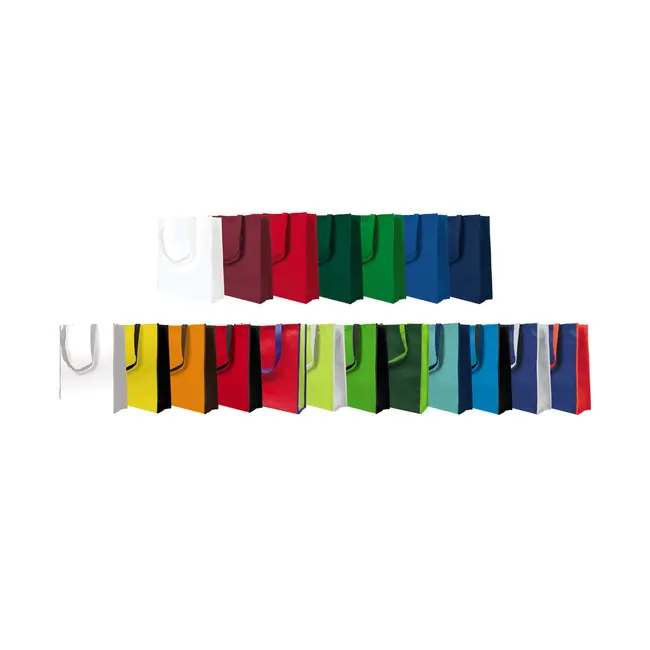
While both woven and non-woven bags are popular options for carrying items, there are several key differences between the two:
Woven Bags
Woven bags are made from yarn or threads that are woven together to form the fabric. These bags are typically stronger and can carry heavier items. Woven bags often have a rougher texture compared to non-woven bags and are generally more expensive due to their complex manufacturing process.
Non-Woven Bags
On the other hand, non-woven bags are made by bonding fibers together using heat or chemical processes. These bags are lighter, more affordable, and can be made in a variety of colors and designs. While they may not be as strong as woven bags, they are still durable enough for carrying everyday items.
Differences in Use
- Woven bags are better suited for carrying heavier loads and are often used for items like bulk packaging or heavy-duty grocery shopping.
- Non-woven bags are often used for promotional purposes, retail, and casual events where the weight capacity is less of a concern.
Table: Woven vs Non-Woven Bags
| Feature | Woven Bags | Non-Woven Bags |
|---|---|---|
| Material | Made from woven fibers (threads) | Made by bonding fibers together |
| Strength | Stronger, ideal for heavy items | Lightweight, good for everyday use |
| Cost | More expensive | More affordable and cost-effective |
| Durability | Long-lasting, more resistant to wear | Durable but less resistant to heavy loads |
Conclusion
Promotional non-woven bags5 are an excellent choice for businesses looking to increase brand visibility while offering an eco-friendly alternative to traditional plastic bags. Whether you need a tote bag, shopping bag, or gift bag, non-woven bags provide a durable, customizable, and cost-effective solution. As a company that specializes in producing high-quality non-woven bags, we at JiaRong Packaging are committed to helping your business create the perfect promotional bags to suit your needs.
To explore our wide range of non-woven bags and learn how we can support your business with customized products, visit our website: JiaRong Packaging.
-
To understand the production process of non-woven bags and how they contribute to sustainability. ↩
-
To discover why non-woven bags are popular for promotional purposes and how businesses use them to boost brand visibility. ↩
-
To understand how non-woven tote bags compare with shopping bags in terms of use and design. ↩
-
To learn why non-woven gift bags are ideal for packaging promotional items and enhancing brand image. ↩
-
Jiarong Packaging-Dedicated to providing eco-friendly, high-quality non-woven and foil insulated bags. Custom solutions, quality assurance, worldwide shipping. ↩


